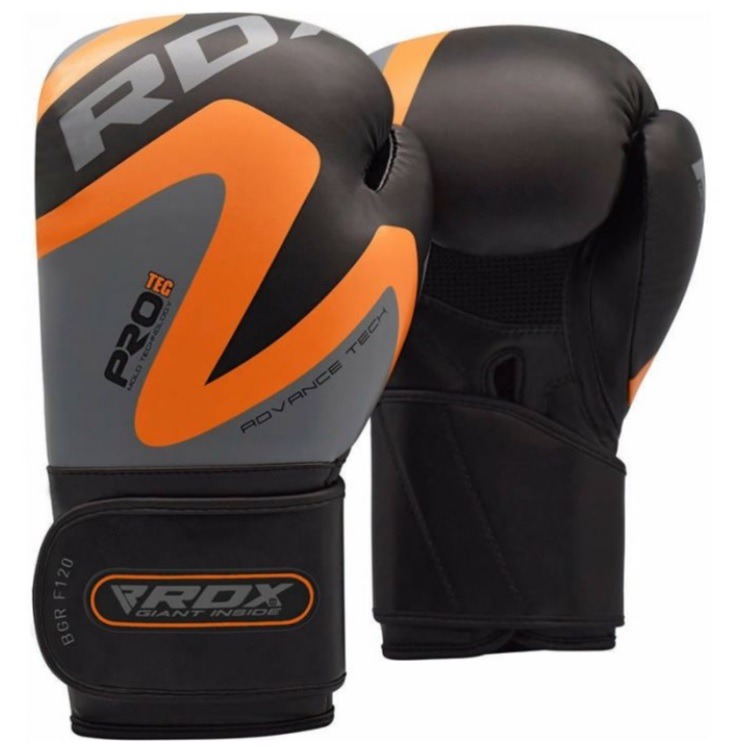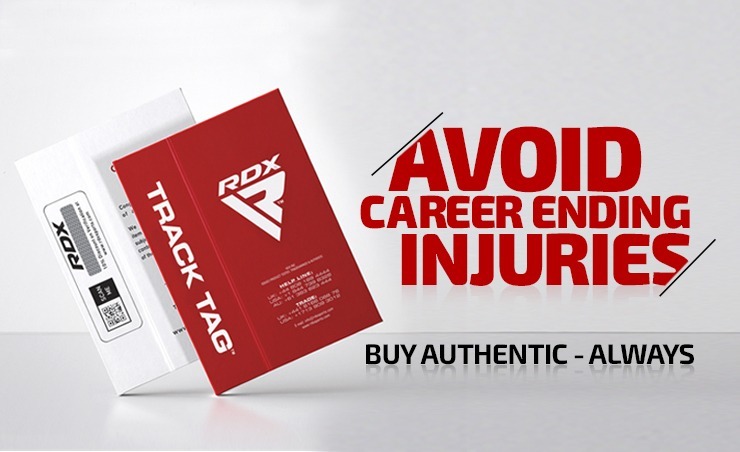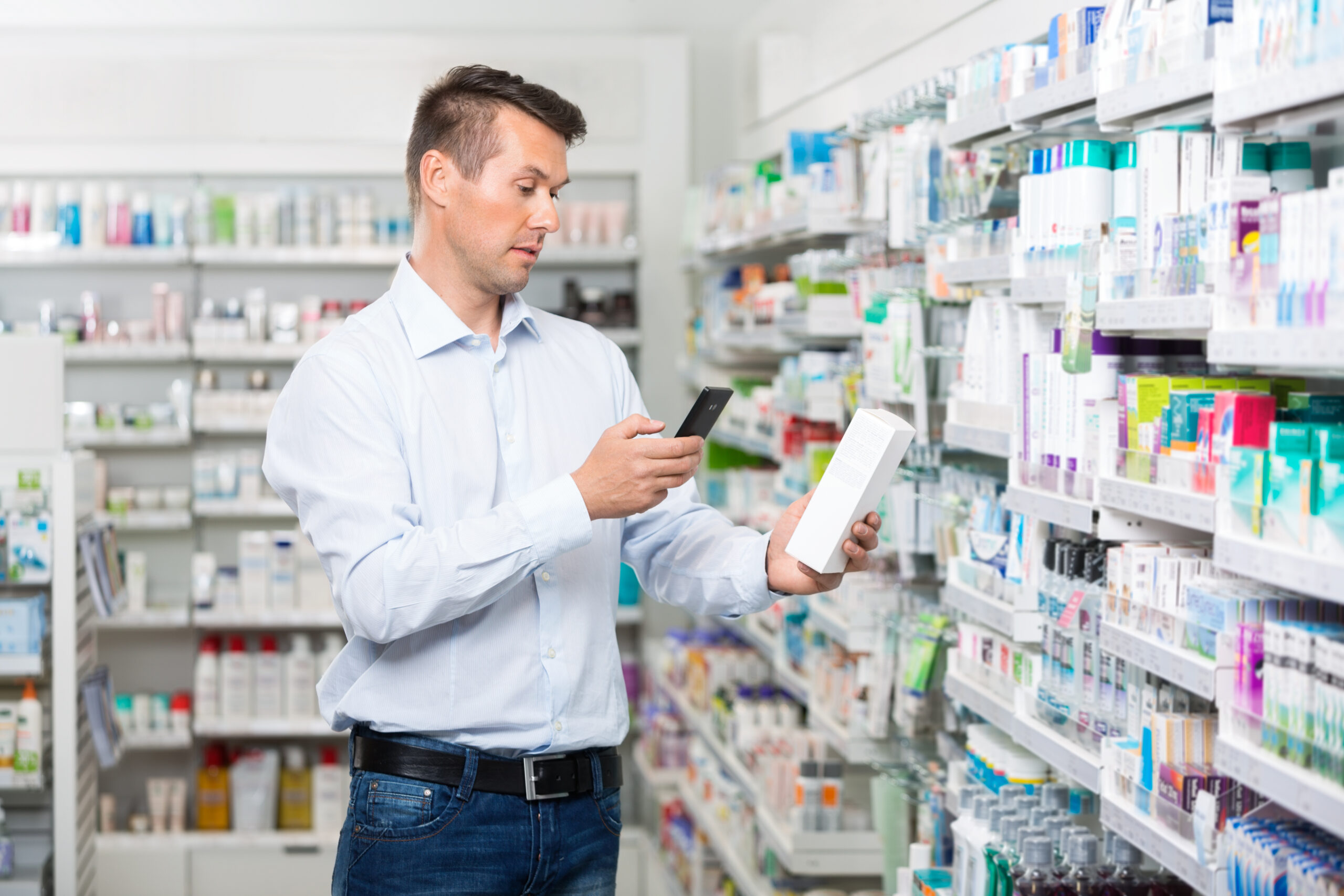5 Ways to Boost Product Authenticity & Protect Brands & Consumers Against Counterfeit Goods
April 22, 2021

5 Ways to Boost Product Authenticity & Protect Brands & Consumers Against Counterfeit Goods

While recent headlines tie a link between the 2020 e-commerce boom and the rise of counterfeit products, the reality is that counterfeit goods were a relevant concern for brands and products manufacturers dating back to the early 2000s, when federal task forces to combat the problem became a common practice. Fast forward to today and indeed, digitalization and globalization megatrends drove demand for more products manufactured faster and made available to consumers in an omnichannel format. The result? Brands and retailers continue to face challenges with counterfeit products sold under original brand names across e-commerce platforms. Equally important, sold counterfeit products with unregulated ingredients pose a greater risk to consumer safety.
In a recent case, the U.S. Customs and Border Protection (CBP) officers and agents from the U.S. Food and Drug Administration (FDA) seized counterfeit, unauthorized e-cigarettes resembling Puff Bar products valued at over $719K1. According to the statement from the FDA, in 2020 alone, CBP seized 93,590 units of e-cigarettes that did not meet U.S. federal regulations.
Luckily, there is good news on the horizon—the anti-counterfeit packaging market size has the potential to grow to USD $105.86B by 20242.
This article addresses active efforts to prevent counterfeit products from reaching the consumer marketplace—and highlights some of the brands, retailers and organizations that are fighting back.
Adopt smarter packaging—Recent market research3 confirms smart packaging use cases on the rise—including such elements as holograms, printing methods, and specialized labels—to measure the quality of the product and also track packages through the distribution process using RFID chips.
Use track tags—Some brands such as sports product provider RDX Inc. are going beyond just smart packaging to better help consumers confirm the authenticity of the product they received. RDX Track tags provide consumers with a certificate of authenticity, certifying the authenticity of the item and confirming that it has been subjected to its trademarked exact quality control. Consumers can simply scan the RFID code on the track tag or enter the product authenticity code on the website for verification. The added bonus? Some brands such as RDX may offer consumers an added discount on their next purchase for simply verifying the product’s authenticity.

Join registry programs and adhere to regulations—Nike made headlines4 when in 2017, it adopted a more direct-to-consumer strategy to sell more through its own distribution channels, create more flagship stores and commerce through a select number of partners that exclusively highlighted its brand, such as “Nordstrom x Nike.” For retailers and brands mirroring Nike’s actions or those that incorporate an e-commerce strategy, aligning with organizations such as the Buy Safe America Coalition, enrolling in e-commerce brand registry programs such as Amazon’s, or meeting national regulations such as the INFORM Consumers Act and Federal Food, Drug, and Cosmetic Act (FD&C Act) can help protect their brand to protect their bottom line.
Standardize your content—Organizations can also conduct commerce more confidently knowing that their product content, descriptions and attributes are standardized for consistency and accuracy through a certified product data network. Global Trade Item Numbers (GTIN), Global Location Numbers (GLN) and the Global Product Classification (GPC) are key attributes utilized in 1WorldSync’s Item Management (IM) platform to secure data through the Global Data Synchronization Network™ (GDSN™)
Conduct commerce confidently through high-quality images—Beyond enriched product content, retailers and brands can utilize 360-degree spin images that accurately depict a product and ensure the product a consumer purchased online matches the product that arrives on their doorstep. Check out our last blog, “How to improve e-commerce outcomes with better product imagery,” to dive deeper into how 360-degree spin images can help.




